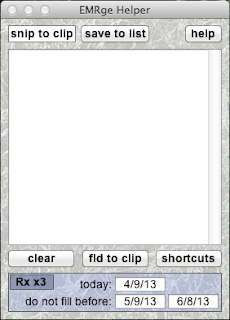Alain Vézina set up a small language learning centre for adults more than 20 years ago. At that time, he looked for activities on computer to help students and didn't find much. So he started computing to create the kind of apps of which he dreamt. He started with HyperCard, continued with SuperCard and for several years used LiveCode.

One of those apps he developed in LiveCode is named A-mots-couverts. It is a new type of language game, a kind of crisscross puzzle in varied, interesting texts. The user consolidates and enhances their knowledge and abilities in all aspects of French. There are numerous skills, abilities and knowledge put to the test: listening ability, memorising, reading, text analysis (main idea, secondary ideas), usual spelling, grammatical spelling, syntax, vocabulary, synonyms, antonyms, words of the same family, conjugation, tense conformance, phrases and expressions. It stirs up the user’s interest in learning French in all its forms: oral, read and written. There are three difficulty levels and at the highest difficulty level, challenges are issued to the strongest students.
"It is extremely educational. It's very addictive. I love it" according to Delia Dyer, one of Alain's students.
A-mots-couvert is available for Mac, Windows and iPad. Learn more about A-mots-couvert.

















































